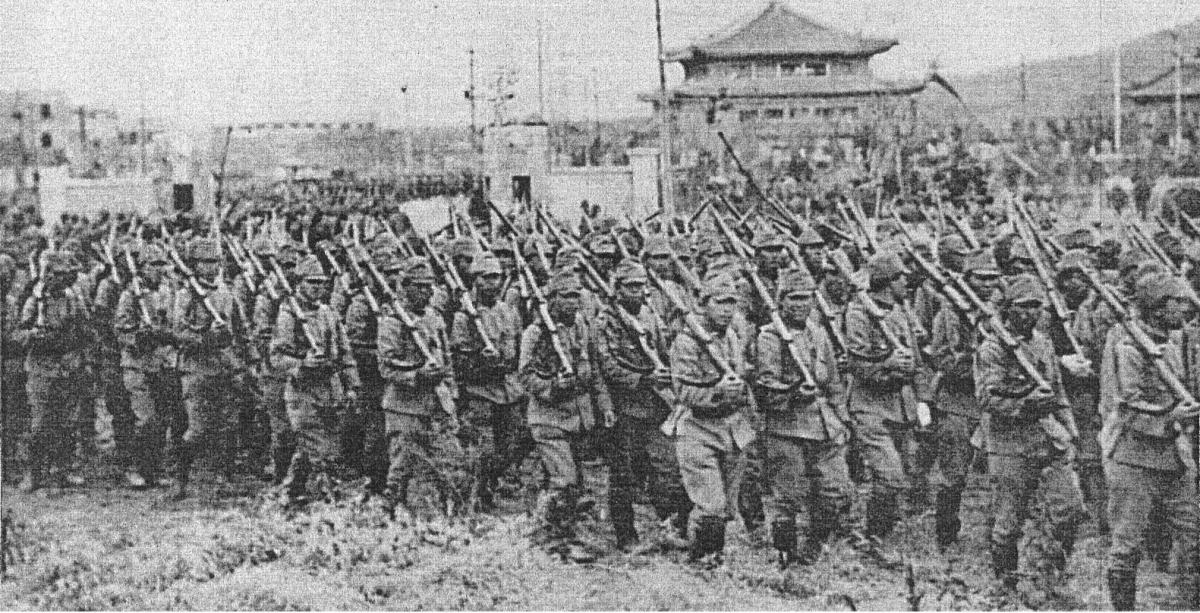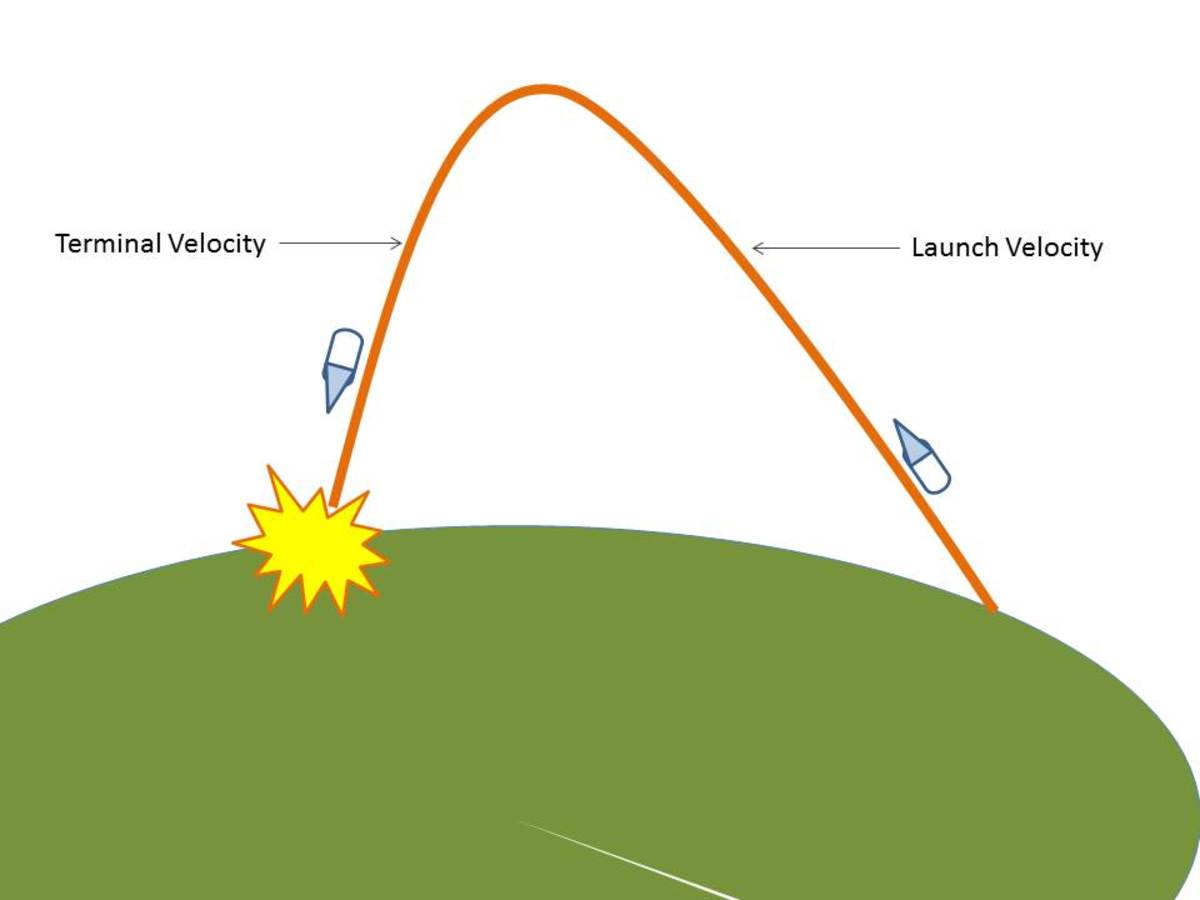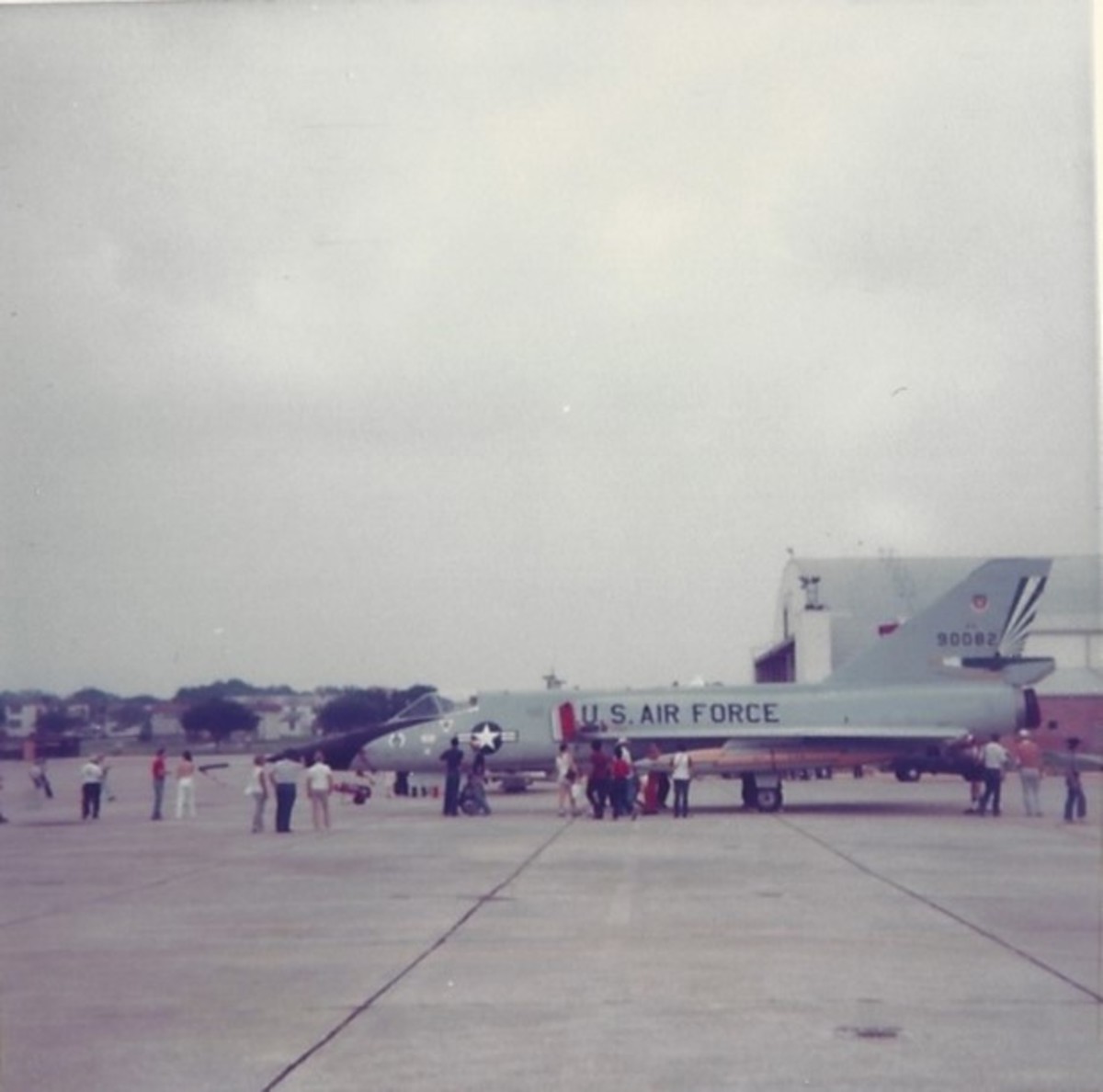North to Alaska: Japan Attacks the Aleutians 1942
Alaska was still a territory of the United States in 1942. It was a wild, primitive and vast area. There were few roads and everything depended on a few ports plus a handful of scratch airbases. When the theater commander, General Simon Bolivar Buckner arrived around 1940, there was only one airfield that could handle bombers. The pre-war time was a mad scramble to improve the infrastructure, and this was only brought above rudimentary to marginal functionality by the time the war began. Great projects, most notably the Alaskan – Canadian highway were underway. Numerous airfields were under construction. By the end of the war Alaska was (is!) still a very wild place, but it was firmly linked to the rest of the continent and the future of the Territory was laid out. Bomber bases started coming on line in Spring 1942 but the campaign began with only a handful of modern bombers in theater plus a number of obsolescent models. Most importantly though, time and effort had been put into training and acclimatizing pilots in the difficult environment.
The Americans and Canadians keenly felt the vulnerability of their north coastal territories and subsequent threat to mainland cities along the Pacific. There was also considerable dreaming about future operations against Japanese enclaves in the Kuriles and later, perhaps, northern Japan. Bombers were on the drawing boards that could reach Tokyo from Aleutian bases. Another big hope was that the Soviet Union could be drawn into the conflict, greatly complicating the Japanese strategic situation. The key to this happening appeared to be through Alaska.
The Japanese assumed they would be occupying the Aleutians to form the northernmost protective barrier for their empire. Japan’s ambitions conflicted with campaigns in other, more temperate regions. Japan saw the theater as a good diversion but limited resources prevented consideration of larger objectives. Much depended on the outcome of the battle of Midway and the disposition of higher commands to assign forces to the theater in the aftermath.
Right after Midway, the Japanese concentrated their remaining carrier forces near the Aleutians, hoping to counter-ambush the US carrier fleet and avenge their defeat. The U.S. did not take the bait. Naval assets relocated to other areas. In the weeks ahead, both sides concentrated their primary forces elsewhere. Still, the Aleutians could not be ignored. It’s significance lay primarily in that fact that it was a part of the American homeland. The major part of the campaign was the U.S. bombing effort. Tremendous U.S. logistical resources were ultimately committed. Airmen flew in terrible weather and bad visibility, often having to rely on dead reckoning navigation and poorly provisioned forward airstrips.
The largest daylight surface naval battle of the Pacific War, the Komandorski Islands engagement, convinced Japan that it was future folly to risk major surface elements in Aleutian’s waters. Japan began to seek ways to cut it’s losses.
On land, one of the bloodier island battles of the entire war took place when the U.S. invaded Attu island. The U.S. sent a division with desert training and improper equipment into the unique sub-arctic Aleutian environment, and suffered as many frostbite casualties as combat. In the end the troops showed their metal and prevailed. The Japanese commander, Col. Yamazaki, formed ranks with 800 of his surviving men and charged uphill in Chichagof valley. Their objective was to overrun several American units and reach Massacre valley, greatly complicating American efforts to clear the island. In the dark the charge was made with shouts of ‘Banzai’. Several positions were overrun and the Japanese nearly reached the top of the hill overlooking Massacre valley before being stopped in a desperate action with engineers.
Kiska island had a much larger Japanese garrison. Tremendous Allied preparations were made for the assault, which was to include the 7th Infantry division, 13th Canadian Territorials, 1st SSF US/Canadian special commando unit, Alaska Scouts and numerous support troops. After Attu, all were nervous about the battle. When they landed though, it was discovered that the Japanese had spirited their entire garrison away in Aleutians fog, but not before some unfortunate friendly fire incidents.
For the Japs, it was a hit and run offensive whose main function was diversion and one that really did not work.
- 1942-1943: ALEUTIAN ISLANDS
1942-1943: ALEUTIAN ISLANDS from Olive-Drab.com





